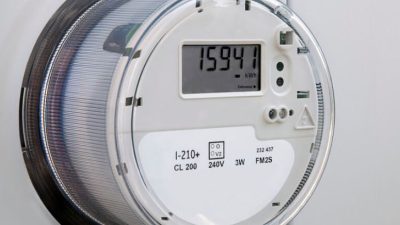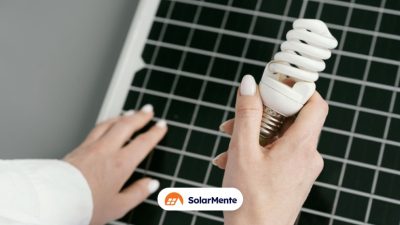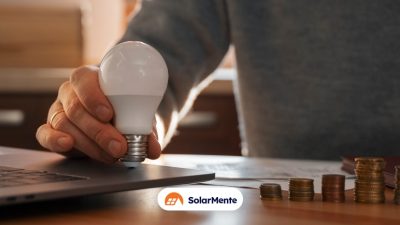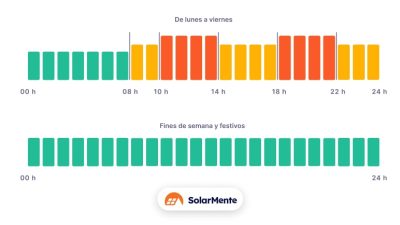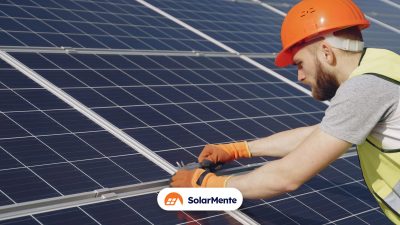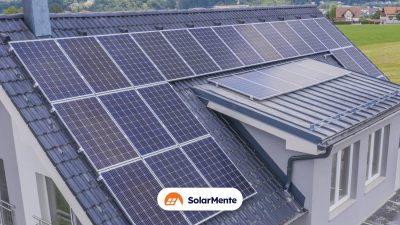In Spain, since 2019, the sale of surplus energy generated by solar self-consumption installations and not consumed by the owners of these installations has been legally possible.
This means that the surplus energy generated by the installations can be transferred to the general electricity grid, with the users of these installations obtaining benefits for this.
It is for this reason that in this entry we will talk about solar self-consumption with surplus, the requirements that must be met to be able to have this model of self-consumption and the prices of surplus energy at present.
How does self-consumption with surplus energy work?
Self-consumption with surplus is a possible alternative for those consumers who have solar self-consumption in their homes, as long as the self-consumption model they have is connected to the general grid, i.e. those users who have self-consumption independent of the grid will not be able to benefit from the surplus.
In order to be eligible for surplus compensation, users, in addition to having models dependent on the general grid, must also meet other requirements, such as not having an electrical power of more than 100 kW or that the consumers themselves do not profit directly from the sale of this energy in the form of economic activity.
In addition, in order to benefit from this type of self-consumption, consumers will have to install special electricity meters in their homes, which take readings in a bidirectional manner, i.e., which effectively record both the energy received from the general distribution network and the energy supplied to it.
In this way, at the end of the corresponding billing periods, the meters are read to determine the energy that has been received and the energy that has been supplied.
Who are the users who can benefit from self-consumption with surpluses?
In order to be a consumer benefiting from self-consumption with surplus, consumers must be included in one of the following groups of consumers:
-
Users who have solar panels on their homes and who generate surplus electricity.
-
Users who have solar panels in the community of neighbours and who generate surplus electricity.
-
Users who have solar panels but do not generate surplus electricity.
In addition to being included in one of the above-mentioned groups, the following list of requirements must also be met:
-
That the source of the electrical energy comes from a renewable source, which would not be an exclusive condition in the case of solar panels.
-
That the installation where the solar panels are located does not exceed 100 kW in terms of contracted power.
-
That the users applying for this model of self-consumption do not profit directly from the compensation of surpluses.
-
That the compensation model to be applied between the parties is previously established by contract, a contract that will be required by the company in charge of electricity distribution and that will be agreed with the electricity marketer.
What value do the surpluses provided by solar self-consumption installations receive?
The price at which the surpluses provided by the self-consumption installations are valued will not have a fixed and equal value for all users, but will be variable, depending on the electricity contract that is established.
This contract will be signed with the company with which the electricity supply service is contracted in the home.
And it will be the electricity supplier itself that will be responsible for reading the incoming and outgoing meters installed in the home, in order to calculate the final amount to be subsidised, based on the values obtained.
It is at this point that the type of electricity contract that is present in the dwelling will be of greater importance, since:
– If the electricity contract is regulated within the regulated electricity market, the supply will be contracted with one of the reference marketers, in these cases:
-
The energy marketed by the company to the home will be valued according to the conditions of the PVPC tariff, i.e., the energy prices will be valued according to the different hourly electricity price brackets that currently exist.
-
The energy that is transferred from the self-consumption installation to the grid, on the other hand, will be valued at the average price of electricity during the current billing period, from which the costs of the deviations of this energy, which are regulated by Royal Decree, must be subtracted.
– If the electricity contract is regulated within the free electricity market, we can find a wide variety of self-consumption tariffs with surpluses, as each company is free to set its own conditions to attract the public in these cases:
-
The price at which the company sells the energy to the home is set at the time of signing the contract.
-
The price at which the surpluses of the self-consumption installation that are transferred to the grid are valued is also fixed by contract in advance.







